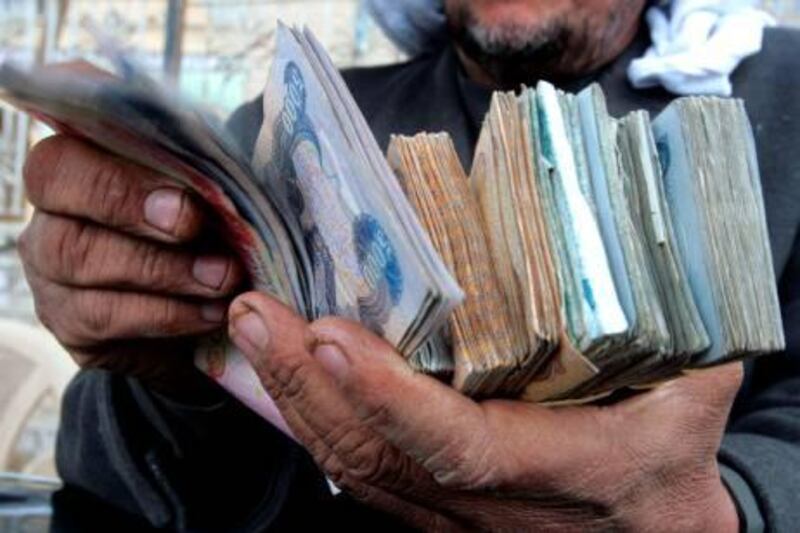Moody’s Investor Service assigned a Caa1 long-term issuer rating with a stable outlook to the government of Iraq.
The ratings agency said that the stable outlook reflected the balance struck between recent positive developments, such as security forces and support from the international community, and political and economic fragility. “Nevertheless, the political situation remains fragile and will do so for some time,” Moody’s said.
Iraq’s proven oil reserves were 153 billion barrels, the fifth largest in the world, according to BP Statistical Review of World Energy. The supply glut has weighed down prices to around US$50 a barrel despite Opec’s efforts to curb the lull in oil prices. This places added pressure on Iraq as it relies on hydrocarbon revenues to the tune of 90 per cent of government revenues and nearly 100 per cent of exports.
According to the latest data, oil accounts for about 50% of nominal GDP, nearly 100% of exports, and around 90% of government revenues. However, because oil extraction is a capital-intensive industry, it is not particularly important for employment, with only 1% of total employment in the sector.
Moody’s said that the volatile oil market has caused a sharp slowdown in the country’s growth this year. “We are currently forecasting a 0.4 per cent contraction in growth in the economy, and looking ahead, growth between now and 2022 is likely to slow,” the ratings agency said. “After a growth rebound of 2.9% for 2018, the IMF is forecasting that real GDP growth will be between 1.7% and 2.1% through 2022.”
Iraq’s deficit for last year was larger than targeted, 14.1 per cent of GDP versus 10.9 per cent. The IMF expects a large 9 percentage point deficit reduction this year, but that is almost entirely dependent on increases in oil revenue.
Moody’s said that the government has significant reserves totaling around $40 billion, which will provide a fiscal buffer for when other sources of funding are constrained.
Moody’s also gave a Caa1 senior unsecured rating to the country’s bond issuance as well as a B3 long-term local and foreign currency bond ceilings and Caa2 local and foreign currency deposit ceilings.






